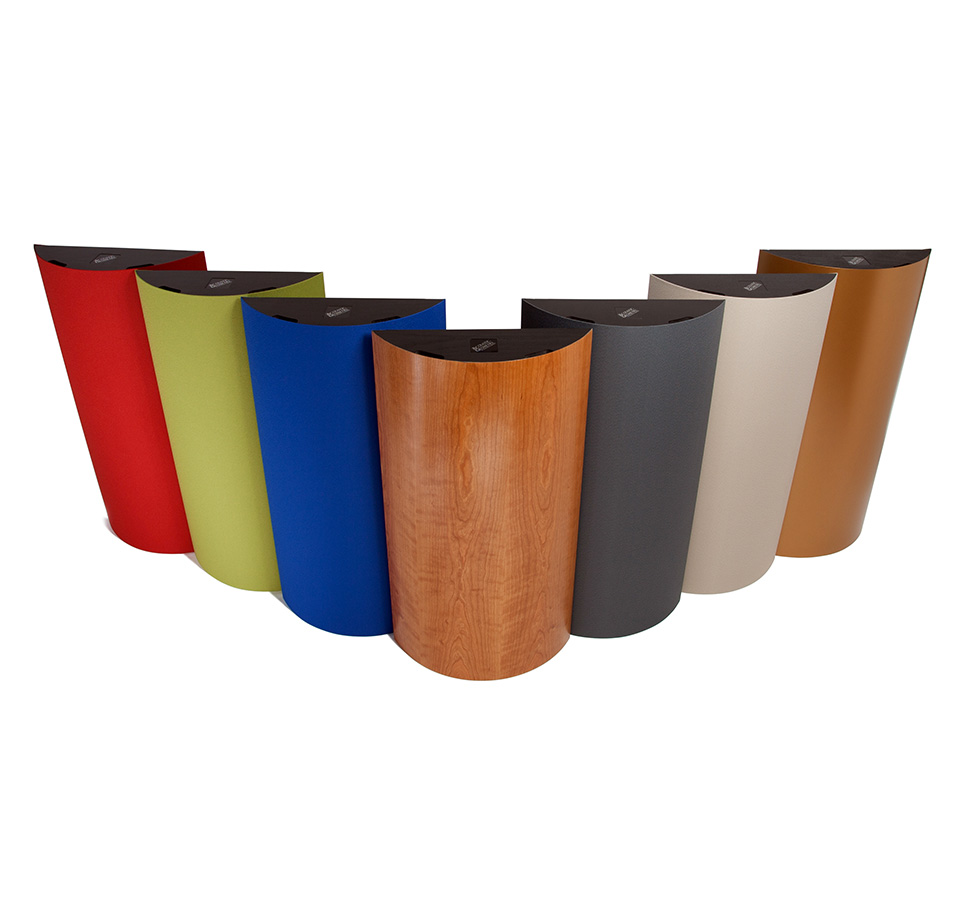What numbers do you want them to put ?No, no numbers (except from somewhere else, by experience: unrelated)
No, no numbers (at all)
Being funny entertaining with and about "stereo" of course, but for sure in worst audio quality. Can't these magnificent gurus afford a correct mike? A daily tool of theirs?! It hurts every other time. What I have for my work, unrelated to audio, yo guys, a cardiod of Rhode operated--analog, by my Focusrite interface. And folks feel the difference, granted! Anyway, regarding content as far as intelligible, what actually is all the wisdom worth without numbers? So that one could adopt the methods or, if it wouldn't fit, not.
Some other numbers, but is that an o/k statement in this or any other context?
****
Some don't know how to calculate the delay of reflections in their room, ok. What helps more, either to teach the calc (it's not 'math' actually) or ... what? List absorption coefficiants and RT60 magic?
It is very clear what Ron Sauro says,the Sabine formula is wrong for small rooms acoustically.
Do you know what that means and what it entails?
Have you listened to the video of the small room that tuga posted?
My choice is with treatment without hesitation.
I propose to you and to everyone a very easy test.
to do by recording a simple video with a cell phone and then you can refute the results with measurements.
I call this test the " Cave effect ".
All the people who do this test in their living rooms without treatment
acoustic treatment and listening point more distant than near,
say that the reverberation that you hear in the video they do not have it in their room.
Of course they have it and the test is very easy to do:
Follow these steps:
If they use room calibration it has to be turned off since we want to.
see the acoustics of the room.
Record the video of a song at your main listening point,
let's say it is for example at 3 meters and then record the same video at 1.50 meters.
Let's hear both videos and see where the "Cave effect" is more noticeable,let alone the fan who has the listening point at 4 meters.
Turn off and let's go.
And whoever wants measurements to confirm what is heard in the video recording,as easy as watching
the ETC at 3-4 meters vs 1.5-2 meters.
Written with translator
Greetings


